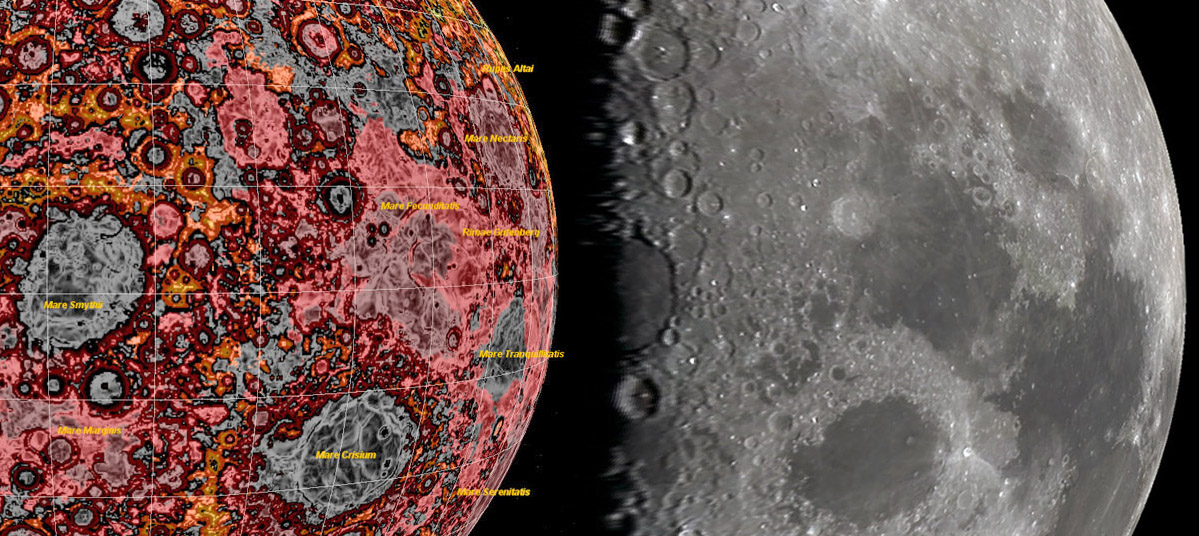Difference between revisions of "June 25, 2011"
| Line 1: | Line 1: | ||
__NOTOC__ | __NOTOC__ | ||
=1.5 Smythiis= | =1.5 Smythiis= | ||
| − | |||
<!-- ws:start:WikiTextHeadingRule:0:<h1> --> | <!-- ws:start:WikiTextHeadingRule:0:<h1> --> | ||
<!-- ws:start:WikiTextLocalImageRule:6:<img src="/file/view/LPOD-Jun25-11.jpg/238651677/LPOD-Jun25-11.jpg" alt="" title="" /> -->[[File:LPOD-Jun25-11.jpg|LPOD-Jun25-11.jpg]]<!-- ws:end:WikiTextLocalImageRule:6 --><br /> | <!-- ws:start:WikiTextLocalImageRule:6:<img src="/file/view/LPOD-Jun25-11.jpg/238651677/LPOD-Jun25-11.jpg" alt="" title="" /> -->[[File:LPOD-Jun25-11.jpg|LPOD-Jun25-11.jpg]]<!-- ws:end:WikiTextLocalImageRule:6 --><br /> | ||
| − | <em>images processed by [mailto:mauricejscollins@hotmail.com Maurice Collins]</em><br /> | + | <em>images processed by [mailto:mauricejscollins@hotmail.com" rel="nofollow Maurice Collins]</em><br /> |
<br /> | <br /> | ||
| − | I was playing around with my full-Moon image in [http://ltvt.wikispaces.com/LTVT LTVT] and made this rectified view (right) from above Mare Smythii. I also used that image as texture for a DEM in LTVT. It is not perfectly registered though in places. What I got from it is that Mare Smythii is slightly hexagonal, not something I had noticed for basins in general before, but larger craters have this pattern eg Walther. On the left is an [http://pub.lmmp.nasa.gov/LMMPUI/LMMP_CLIENT/LMMP.html Iliads] software view of the basin using color contour map and surface slope combined. It shows up the basin rings quite well. It also looks elongated toward the north east. Like Mare Crisium with a slight Tomahawk basin shape that Peter Shultz showed in his talk (LPSC42 abstract 2611) is caused by oblique impacts. In this case I would think the projectile came from the southwest at about 220 deg azimuth. The thickest part of the Mare is in the northeast, which probably would have been the thinnest crust and deepest part of the initial cavity of the oblique impact.<br /> | + | I was playing around with my full-Moon image in [http://ltvt.wikispaces.com/LTVT LTVT] and made this rectified view (right) from above Mare Smythii. I also used that image as texture for a DEM in LTVT. It is not perfectly registered though in places. What I got from it is that Mare Smythii is slightly hexagonal, not something I had noticed for basins in general before, but larger craters have this pattern eg Walther. On the left is an [http://pub.lmmp.nasa.gov/LMMPUI/LMMP_CLIENT/LMMP.html" rel="nofollow Iliads] software view of the basin using color contour map and surface slope combined. It shows up the basin rings quite well. It also looks elongated toward the north east. Like Mare Crisium with a slight Tomahawk basin shape that Peter Shultz showed in his talk (LPSC42 abstract 2611) is caused by oblique impacts. In this case I would think the projectile came from the southwest at about 220 deg azimuth. The thickest part of the Mare is in the northeast, which probably would have been the thinnest crust and deepest part of the initial cavity of the oblique impact.<br /> |
<br /> | <br /> | ||
| − | <em>[mailto:mauricejscollins@hotmail.com Maurice Collins]</em><br /> | + | <em>[mailto:mauricejscollins@hotmail.com" rel="nofollow Maurice Collins]</em><br /> |
<br /> | <br /> | ||
<hr /> | <hr /> | ||
Revision as of 22:18, 4 January 2015
1.5 Smythiis

images processed by " rel="nofollow Maurice Collins
I was playing around with my full-Moon image in LTVT and made this rectified view (right) from above Mare Smythii. I also used that image as texture for a DEM in LTVT. It is not perfectly registered though in places. What I got from it is that Mare Smythii is slightly hexagonal, not something I had noticed for basins in general before, but larger craters have this pattern eg Walther. On the left is an " rel="nofollow Iliads software view of the basin using color contour map and surface slope combined. It shows up the basin rings quite well. It also looks elongated toward the north east. Like Mare Crisium with a slight Tomahawk basin shape that Peter Shultz showed in his talk (LPSC42 abstract 2611) is caused by oblique impacts. In this case I would think the projectile came from the southwest at about 220 deg azimuth. The thickest part of the Mare is in the northeast, which probably would have been the thinnest crust and deepest part of the initial cavity of the oblique impact.
" rel="nofollow Maurice Collins



